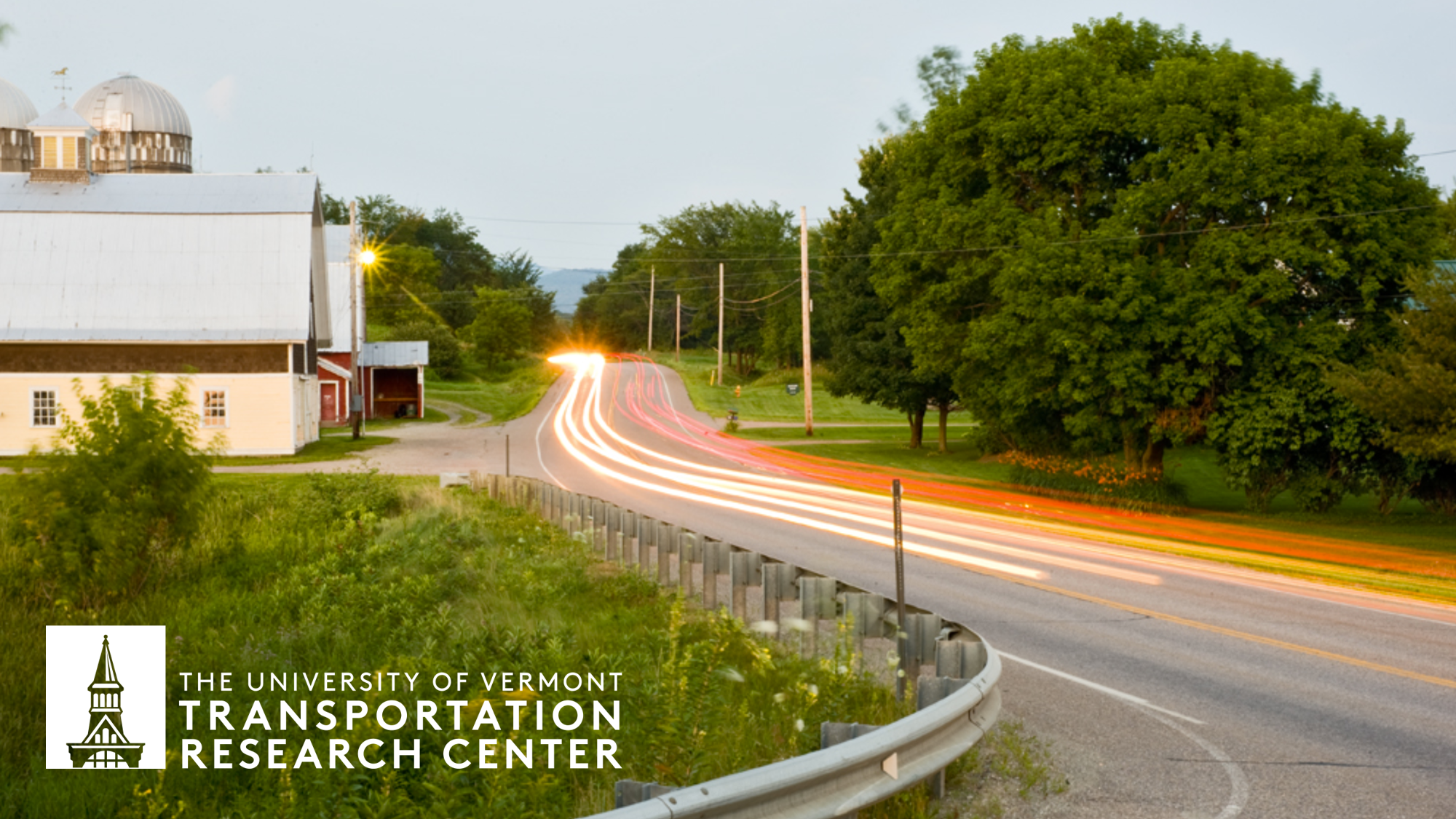
University of Vermont Transportation Research Center
Document Type
Report
Publication Date
10-8-2019
Abstract
This project gathered and analyzed game-camera data on the frequency of wildlife movement through bridges and culverts in Vermont to generate results-based recommendations for improving the permeability of highways in Vermont for wildlife. By better understanding the characteristics of transportation structures that wildlife are more likely to use for moving under roadways, state resource and transportation agencies will have a greater ability to manage road corridors in ways that can reduce the inherent habitat-fragmenting effects of the road network in Vermont. Specifically, this project assessed the effects of different types of transportation structure designs on usability by wildlife for under-road movement (through-passage). 1,347 through-passages of a set of 13 focal species were recorded at 26 culverts and bridges on busy road corridors in 2017 and 2018. A structure design classification system was developed that provided explicit links between structure design types and a variety of movement surface types used by wildlife for through-passage. Game camera data substantiated the ability of several structure design types to offer specific kinds of wildlife-usable dry movement surfaces, and variation in through-passage data among different design types illustrated the influence of interactions between structure design characteristics and movement surface availability on the frequency of wildlife use. In particular, bridge spans offered the greatest number of movement surface types, generally supported the highest through-passage frequencies, and was used by the most wildlife species. Pipe and squash pipe culverts offered more limited through-passage suitability for wildlife. We were not able to assess modern embedded box culvert designs due to enduring on-site habitat disturbance from construction activities, but our data from other structures suggest that they will prove valuable for wildlife through-passage once vegetation in construction footprints matures. Older flat bottom box culvert designs performed poorly in terms of wildlife use. Our results also suggest a relationship between factors relating to stream hydrology and movement surface type/availability in all structure design types intended to feature natural stream bottoms, where streamflow and deposition/erosion governs the formation and maintenance of movement surfaces of varying levels of suitability for wildlife movement. Project results also confirmed that the modified Movement Guild framework presented in Marangelo and Farrell (2016) that relates potential species use to culvert/ridge size accurately reflected observed patterns of wildlife structure use, except for bears. A small number of bear through-passages in this study suggests that bears should no longer be considered among the species likely to use small size class culverts.
Recommended Citation
Marangelo, Paul, "Reducing Wildlife Mortality on Roads in Vermont: Determining Relationships between Structure Attributes and Wildlife Movement Frequency through Bridges and Culverts to Improve Related Conservation Investments" (2019). University of Vermont Transportation Research Center. 6.
https://scholarworks.uvm.edu/trc/6

